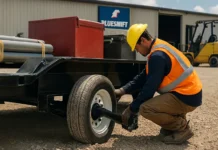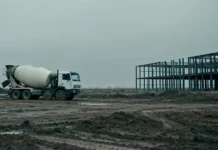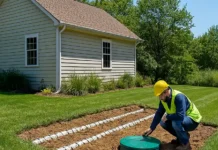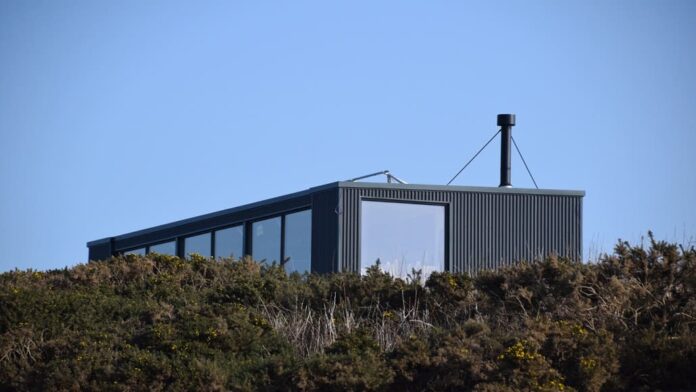Living off the grid can be freeing—but only if your home is actually livable. Power, water, space, and heat all work differently when you’re not connected to the grid. That means you need to plan smarter, not just bigger. These upgrades aren’t about going full survival mode. They’re about creating a space you can enjoy long-term, without depending on utility companies.
Whether you’re starting a new off-grid build or improving a remote cabin or tiny house, these upgrades make everyday life easier. Let’s walk through them, starting with something most people forget: space.
What Makes an Off-Grid Home Comfortable?
A comfortable off-grid setup isn’t just about solar panels and batteries. It’s about how your home functions when things get cold, dark, or crowded. Real comfort means you can cook, sleep, work, and relax without friction, even when the weather turns or power runs low. If it feels cramped, inefficient, or stressful, you won’t want to stay in it long.
That’s why smart layouts and multi-use solutions matter just as much as your power system.
Rethink Space First: The Murphy Cabinet Bed Queen
One of the biggest problems in off-grid homes is wasted space. Most off-grid builds are small, and the bedroom usually doubles as a living room, office, or storage. That’s where a Murphy cabinet bed queen comes in. It’s a full-size bed that folds into a clean cabinet during the day, giving you back your floor without giving up sleep comfort.
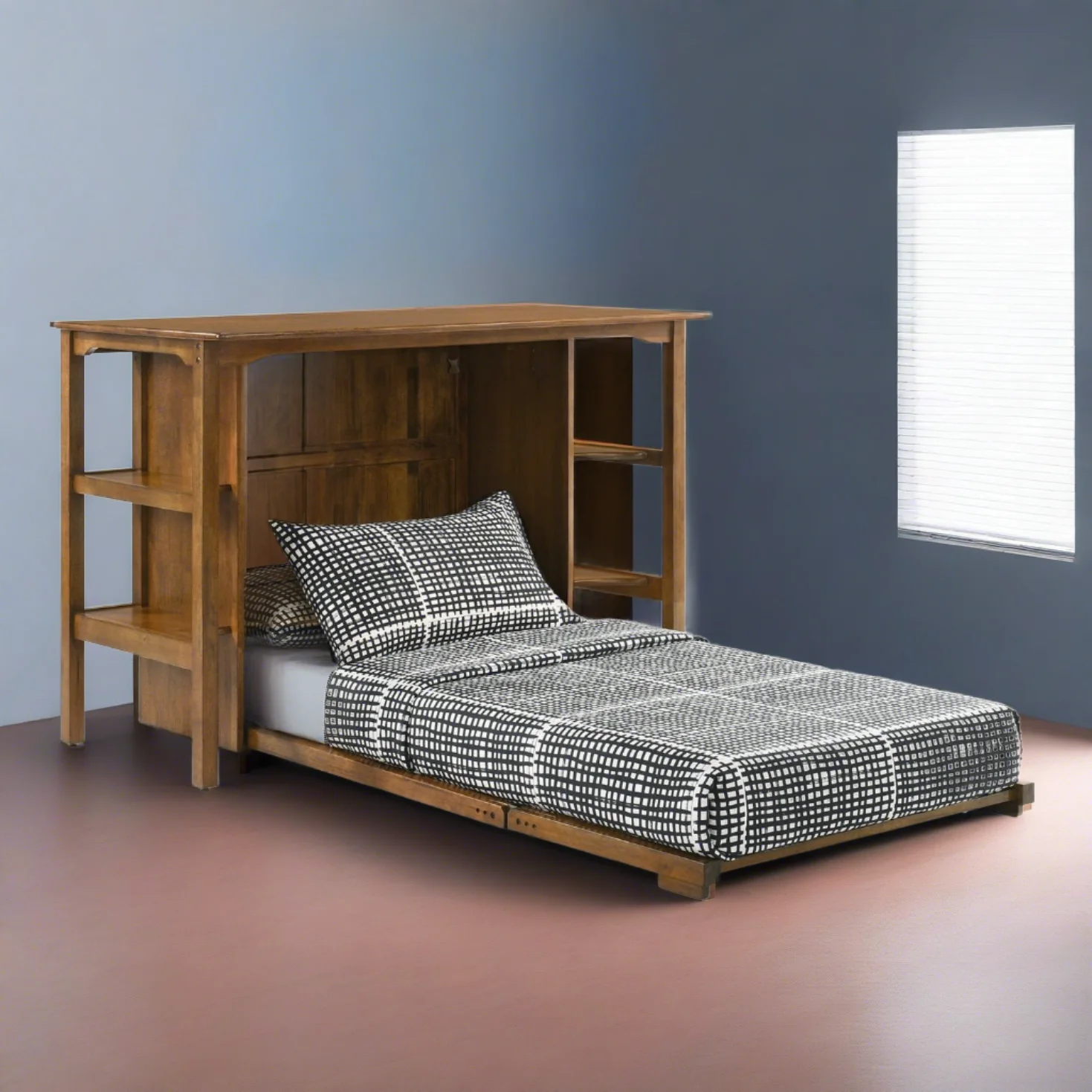
This kind of bed is perfect for cabins or self-built homes with limited square footage. It doesn’t need to be mounted to the wall, and most models can be moved around if your layout changes. It turns a single-room setup into something flexible and livable.
Top 5 Smart Upgrades for Reliable Off-Grid Living in 2025
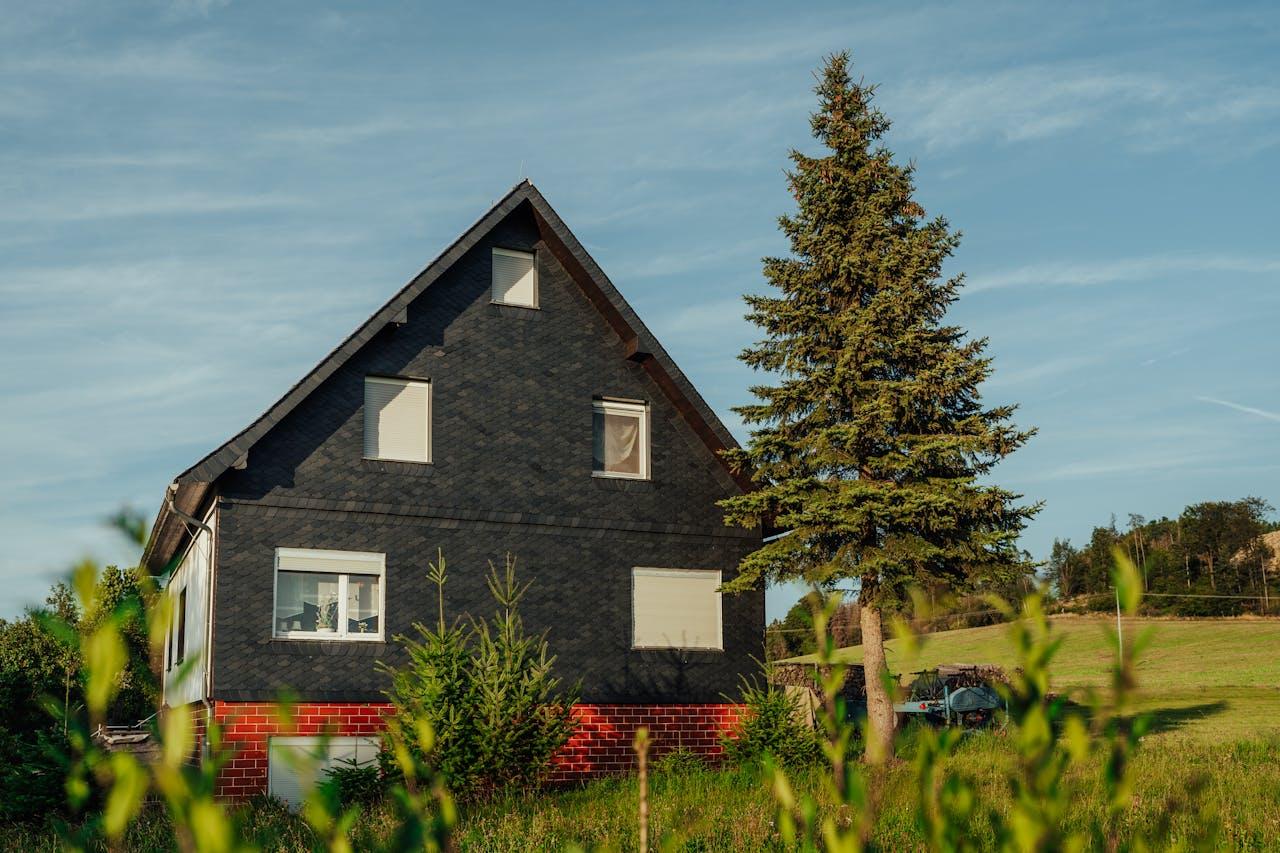
1. Off-Grid Solar System Built for Daily Use
Power is the core of your off-grid setup. A reliable off-grid solar system should match your actual usage, not just your sunny-day dreams. You’ll need solar panels, an inverter, and a battery bank that can handle your daily and backup loads.
Add a solid charge controller and size your array based on real numbers, not guesses. Good power means you can run lights, a refrigerator, tools, and even a small water heater without stress.
2. Tighten Up Insulation Before Anything Else
Heating and cooling is a huge energy drain. If your cabin or house isn’t well-insulated, all your power goes to waste. Start with windows and doors—air leaks here do the most damage. Then check your roof, floor, and wall insulation.
This single upgrade reduces how hard your power system works and makes your home feel stable in both summer and winter.
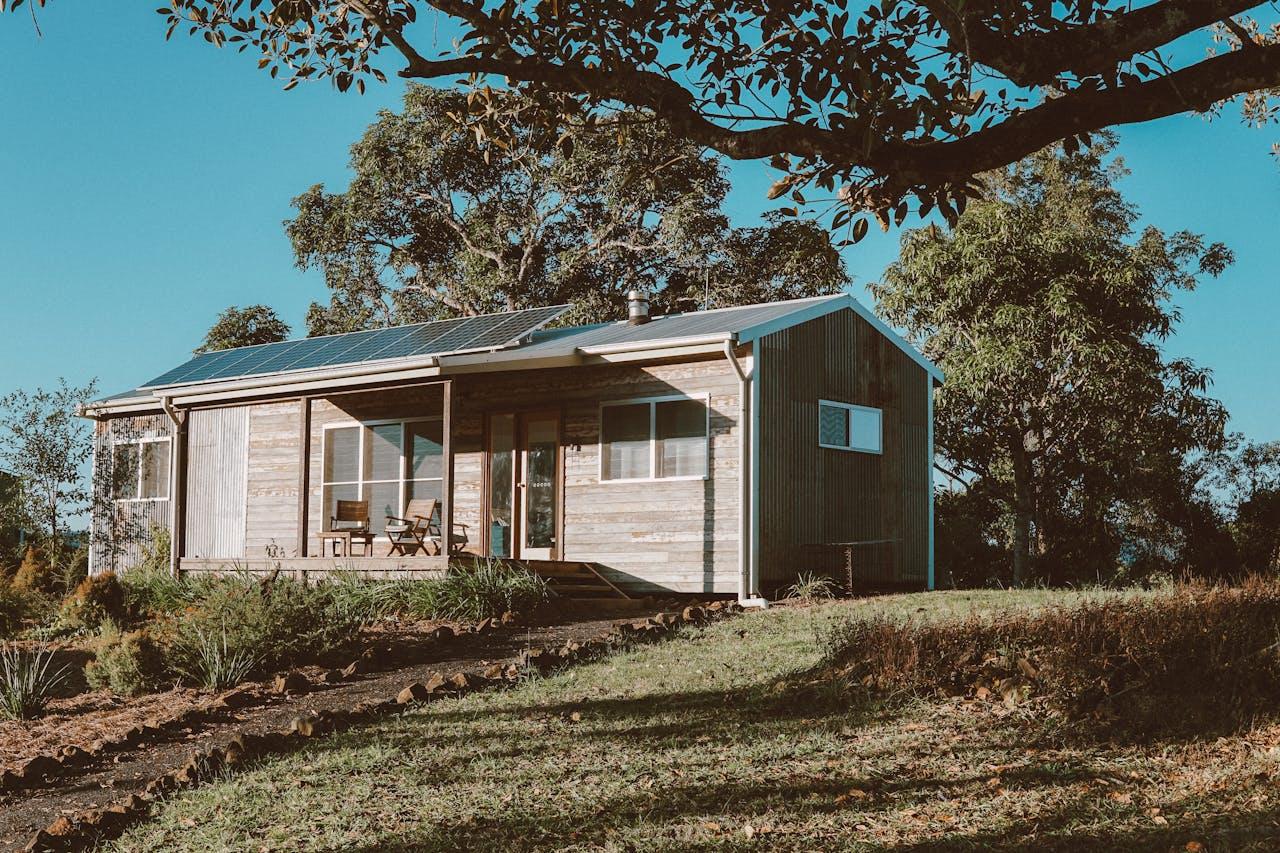
3. Add a Solar Water Heater or Propane Backup
Hot water changes everything. A solar water heater lets you use the sun’s energy directly—no conversion needed. Pair it with a propane unit or heat pump to cover cloudy days or winter months.
These setups use far less energy than full electric models and can handle dishes, showers, and laundry with ease.
4. Prioritize Backup Power: Generators + Inverters
Even great solar setups have down days. Having a diesel generator or a clean propane model can keep your battery bank topped off when it matters. Pair it with a good inverter so your system can flip between sources without a hitch.
This is essential if you run high-load appliances, use power tools, or live in areas with long winters.
“Switch to better bulbs. They use as little as 20 percent of the electricity, reducing your energy bill and your carbon footprint.”
— Conservation International’s Sustainable Living Tips
5. Don’t Skip the Basics: LED Lights, Fans, and Airflow
Sometimes it’s the little things that make a home livable. LED lights sip power and last forever. Small fans or vents help move air so your stove or heater works better. And these systems are easy to run off a small solar array.
Good lighting and airflow also help you avoid mold, musty air, and overheating—issues common in off-grid homes without proper planning.
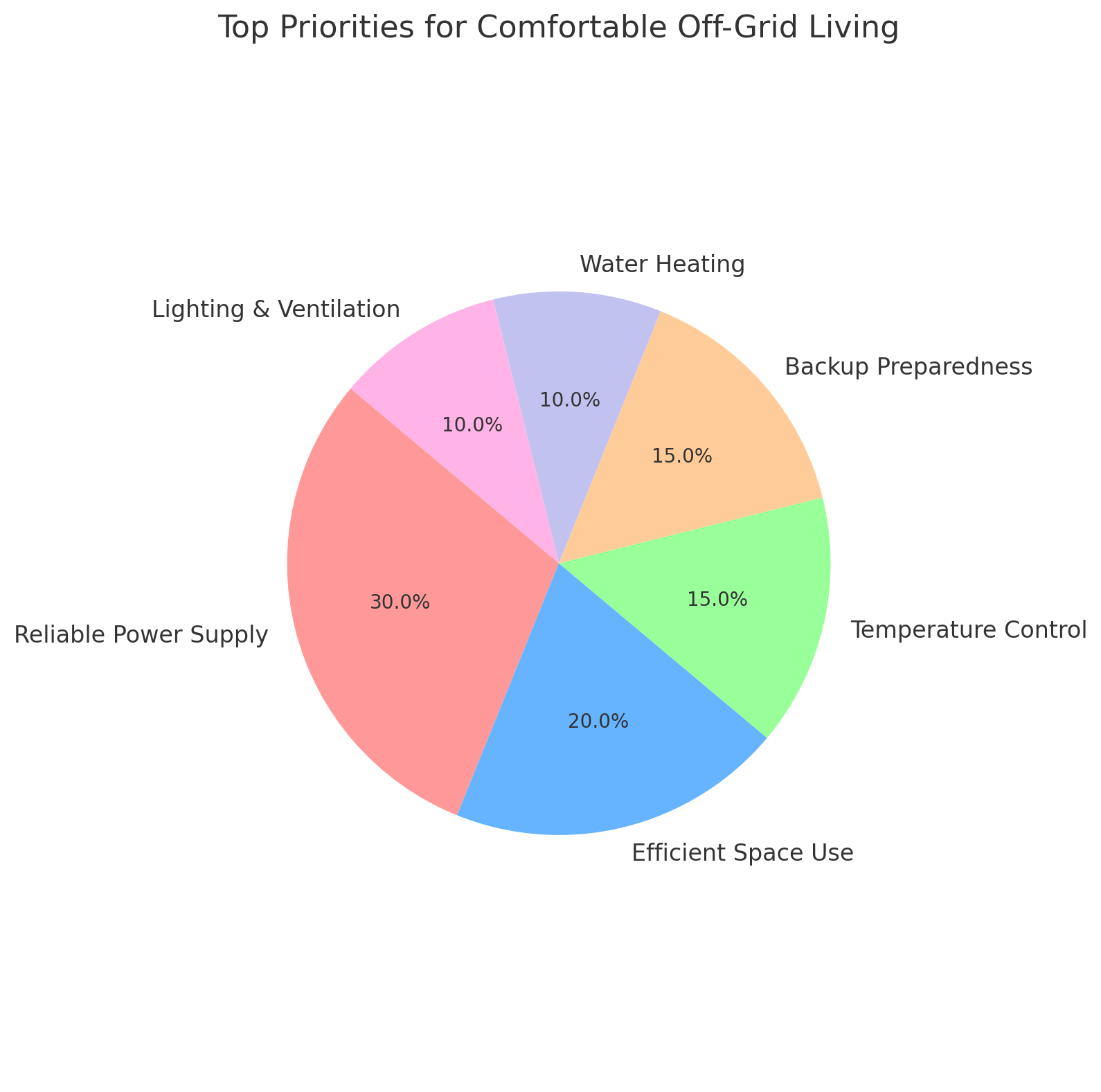
What Most People Forget About Going Off-Grid
It’s easy to get tunnel vision on solar panel specs. But the real key to a livable off-grid home is balance. A good layout, multi-use furniture from top brands like ArchicFurniture, and simple energy routines go further than most people think.
LEDs, insulation, and backup power save you stress. A good sleeping setup saves you space. Together, they let you focus on life, not just logistics.
Think in Systems, Not Just Gadgets
Going off-grid means your systems need to support each other. Your solar array powers your battery bank, which powers your inverter, which runs your lights, fans, and fridge. Your layout impacts how you heat or cool the home, and your furniture affects how you use your space day to day.
Design with flow in mind. Not just devices. That’s how you build something that works.
Estimated Cost Range by Upgrade (2025)
| Upgrade | Estimated Cost Range ($) |
| Murphy Cabinet Bed Queen | $1,000 – $3,000 |
| Solar Power System | $8,000 – $25,000 |
| Insulation Upgrade | $1,000 – $4,000 |
| Solar + Propane Water Heater | $1,200 – $3,500 |
| Backup Generator + Inverter | $1,500 – $4,000 |
| LED Lighting + Airflow | $100 – $500 |
Final Thoughts on Comfort-First Off-Grid Living
Living off-grid isn’t about sacrifice. It’s about designing smarter. When your quality power system from TheSolarStore supports your lifestyle, and your layout helps you breathe, you’ll want to stay in your off-grid home year-round.
FAQ
- What size solar system do I need?
Depends on usage. A small cabin might run on 2–4kW. A full-time home might need 8–12kW plus batteries. - Are Murphy cabinet beds durable enough for off-grid use?
Yes. Most are solid wood and don’t require wall mounting. They hold up well in cabins and tiny homes. - What backup system is best for solar?
A small diesel or propane generator, paired with a smart inverter, gives the best flexibility for bad weather. - How do I heat water efficiently?
Use a solar water heater for most of the year. Add propane or a small heat pump to cover cloudy weeks. - Can I build all this myself?
Yes—with planning. Start small, read up, and focus on systems that match your lifestyle.



